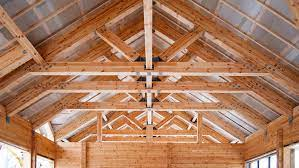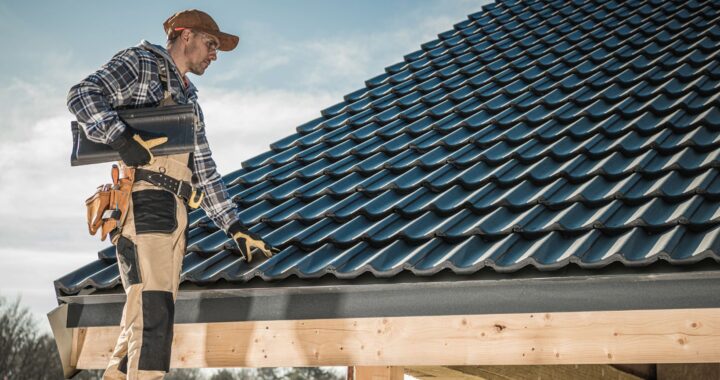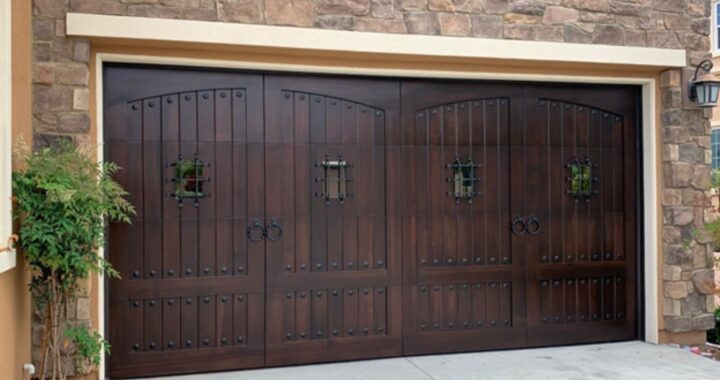How Far Can a LVL Beam Reach

How far can a LVL beam reach? In order to answer this question, we must first understand what a LVL beam is and how it is used. In construction, LVL beams are often used in place of traditional lumber because they are stronger and more flexible. This means that they can span greater distances without sagging or breaking.
What Is an LVL Beam
An LVL beam is a type of engineered wood that is made by bonding together laminates of veneer. LVL beams are strong and durable, making them ideal for use in construction.
LVL beams are often used in place of traditional lumber because they are less likely to warp or twist. They are also easier to work with and can be cut and drilled using standard woodworking tools.
LVL beams are available in a variety of sizes and lengths, so they can be used in a wide range of applications. Some common uses for LVL beams include:
- Supporting the roof of a home or other building
- Building decks and porches
- Constructing framing for walls and floors
- Making furniture and cabinets
- Creating art and other woodworking projects
How Far Can a 11 7/8 LVL Span
An LVL beam can span up to 24 feet, but the exact span will depend on the load that is being placed on the beam. The thicker the beam, the longer it can span.
The lengths usually span from 8 feet to 16 feet.
11 7/8 inches is the most common lvl thickness they come in. Most home improvement stores will cut the beam to size for you.
To calculate the maximum span of a beam, you will need to know the following:
- The type of beam
- The size of the beam
- The load that will be placed on the beam
The span of the beam is measured from the center of the beam to the support on either end. The span must be greater than the length of the longest object that will be placed on the beam.
For example, if you are using a beam to support a roof, you will need to know the span of the roof. The span of the roof is measured from the center of the beam to the outer edge of the roof.
The maximum span of a beam is determined by its strength and stiffness. The stronger and stiffer the beam, the longer it can span.
The type of wood used to make the beam also affects its strength and stiffness. For example, a beam made from hardwood will be stronger and stiffer than a beam made from softwood.
Be sure to ask an associate at the store for help in selecting the right LVL beam for your project. It is important to choose a beam that is strong enough to support the weight of the structure you are building.
Do LVL Beams Sag
No, LVL beams do not sag. They are designed to be strong and durable, so they can support a heavy load without sagging.
However, if the beam is not installed properly or if it is overloaded, it could break or collapse.
To avoid this, be sure to follow the manufacturer’s instructions when installing an LVL beam.
What Are the Downsides of LVL Materials
There are a few downsides to using LVL materials. One downside is that they are more expensive than traditional lumber.
Another downside is that LVL beams are not as easy to find as traditional lumber. You may need to order them from a specialty retailer or have them custom-made for your project.
Also, because they are so strong, LVL beams can be difficult to cut and drill. You may need to use special tools or equipment to do the job right.
Overall, though, LVL beams are a great choice for many construction projects. They are strong, durable, and can span long distances without sagging.
If you are looking for an alternative to traditional lumber, LVL beams may be the right choice for you.

 How to Perform a Roof Inspection
How to Perform a Roof Inspection  What to Do After Water Damage in Toronto
What to Do After Water Damage in Toronto  How to Keep Your Garage Door and Gate Running Smoothly Year-Round
How to Keep Your Garage Door and Gate Running Smoothly Year-Round